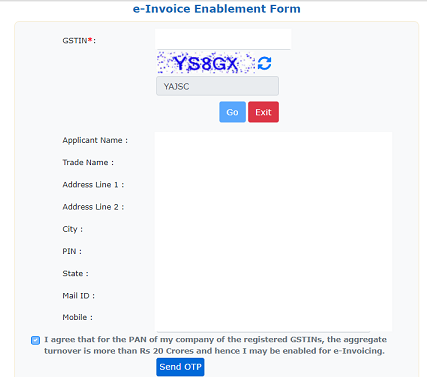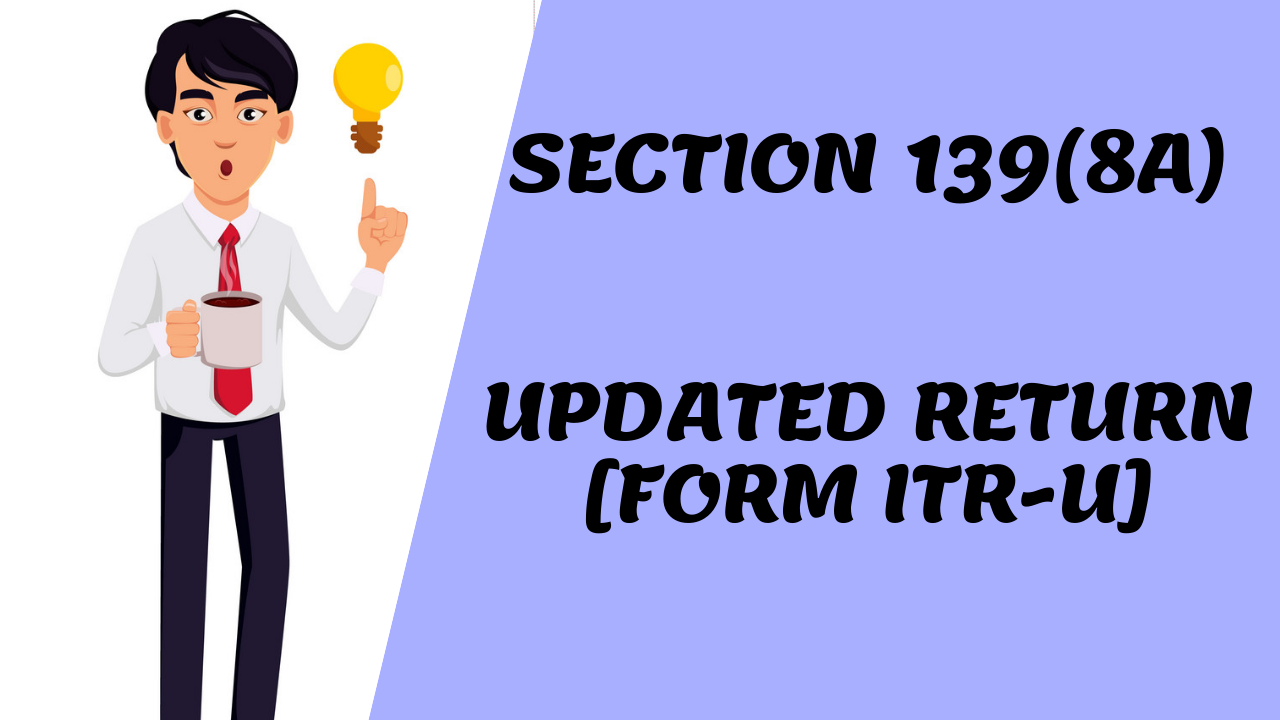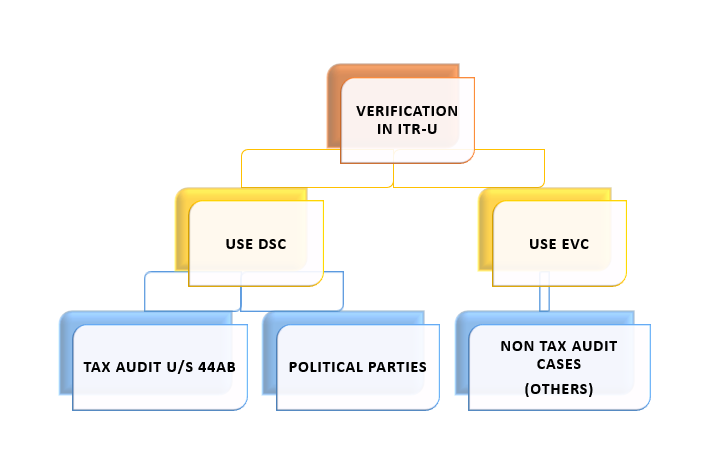WHAT IS ANGEL TAX?
Angel tax essentially derives its genesis from section 56(2) (vii) (b) of the Income Tax Act, 1961. Angel Tax is the tax levied by the government on the start-ups who receive funding from Angel Investors.
Angel investors get benefits in the form of taxation as the entire investment made by investors is not taxed. Angel tax is imposed on the capital raised by the means of issue of shares by unlisted companies from an Indian investor if the share price of issued shares exceeds the fair market value of the company. The excess realization is considered as income and therefore, taxed accordingly under the head ‘Income from other Sources’.
Note that Angel Tax isn’t applicable in case of investments made by Venture Capital Firms or Foreign Investors. It’s limited to investments made only by Indian Investors.
WHO IS AN ANGEL INVESTOR?
An Angel Investor is a high-net-worth individual who provides financial backing for small start-ups or entrepreneurs, typically in exchange for ownership equity in the company. They are also known as a private investor, seed investor or angel funder. The funds that Angel Investors provide may be a one-time investment to assist the business get off the ground or an ongoing injection to support and carry the company through its difficult beginning stages. Angel investors usually give financial support to start-ups at the initial moments (where the risk of failing is relatively high) and when most investors are not prepared to back them up. They are the one who invests his money in a startup while it is still finding its feet and still struggling to establish itself in the marketplace.
As per the Income Tax Notification, Angel Investors with the minimum net worth of INR 2 crore or the average return of the income of more than INR 25 lakhs in the preceding 3 financial years will be eligible for full tax exemption (100%) on the investments that are made in the start-ups above the fair market value.
PURPOSE BEHIND ANGEL TAXATION:
The primary reason for the introduction of the ‘Angel Tax’ was to tax the excessive share premium received over and above the fair market value (FMV) by the private companies, which was widely being used as a mechanism for disclosure for unaccounted money or black money. Thus, this is one of the anti-abuse provisions introduced to prevent money laundering.
One more explanation for this is since just a minor level of the population follows the tax collection necessities (which include just 2% of the complete population), a large portion of the new businesses don’t keep up with legitimate books of record and show of their assets legibly. Due to this flaw, the income tax department of India is of view that the valuation of companies needs to be done by special officers based on prescribed guidelines and formulas. This will assist the department to do the proper valuation of assets of the company, which shall further lead to higher tax payment.
ANGEL TAX RATE
Angel Tax is levied on the start-ups at a rate of 30% (excluding cess) on the Premium received. The Premium here is calculated as the difference between the net investments in excess of the fair market value.
ELIGIBILITY CRITERIA FOR STARTUP RECOGNITION:
In order to be eligible for acquiring funds by Angel Investors, the company (start-ups) need to meet certain criteria, i.e.:
i. The Start-up should be incorporated as a private limited company or enlisted as a partnership firm or a limited liability partnership.
ii. An entity shall be considered as a start-up up to 10 years from the date of its incorporation.
iii. Turnover should be less than Rs.100 Crores in any of the preceding financial years.
iv. The company remains a start-up if the turnover per year does not cross the Rs 100 crore marks in any of the 10 years. Once the company crosses the limit, it no longer remains eligible to be called a Start-Up. The limit of Rs 100 crore has been upgraded from Rs.25 crore by the Indian government in the recent past.
v. Further in the calculation of threshold of INR 25 crores, the amount of paid-up share capital and share premium in respect of shares issued to any of the following persons will not be included:
- A Venture Capital Company pr
- A Venture Capital Fund
vi. The firm should have approval from the Department for Promotion of Industry and Internal Trade (DPIIT)
vii. The Start-up should be working towards innovation/ improvement of existing products, services and processes and should have the potential to generate employment/ create wealth.
viii. An entity formed by splitting up or reconstruction of an existing business shall not be considered a “Start-up.”
BENEFITS AVAILABLE TO AN ELIGIBLE START-UP:
Following benefits shall be available to an eligible start-up or its shareholders:
1. Exemption from levy of angel tax under Section 56(2) (vii) (b);
2. Deductions under Section 80-IAC of the income tax Act
3. Liberalized regime of Section 79 to carry forward and set-off the losses
4. Exemption under Section 54GB to the shareholder for making investment in a startup;
5. Access to the dedicated cell created by the CBDT to resolve the issues faced by the Start-Ups.
SECTION 80(IAC):
Tax Exemption under Section 80 IAC of the income Tax Act, 1961: A Start-up may apply for Tax exemption under section 80 IAC of the Income Tax Act. Post getting clearance for Tax exemption, the Start-up can avail tax holiday for 3 consecutive financial years out of its first 10 years since incorporation.
Eligibility Criteria for applying to Income Tax exemption (80IAC):
- The entity should be a recognized Start-up;
- Only Private limited or a Limited Liability Partnership is eligible for Tax exemption under Section 80IAC;
- The Start-up should have been incorporated after 1st April, 2016 but before April 1, 2021
Profit Exemption to eligible Start-up entities under Section 80-IAC:
100% of its profits and gains is allowed as deduction to an eligible start-up for 3 consecutive assessment years out of the 10 years (beginning from the year of incorporation).
As per Section 80-IAC, an entity shall be considered as an eligible start-up if it satisfies the following criteria:
- It is incorporated as a company (Private Ltd. Co. or Public Ltd. Co.) or an LLP.
- It is incorporated on or after April 1, 2016 but before April 1, 2021.
- Its turnover does not exceed Rs.25 Cr (Rs.100 Cr from 01.04.2020) in the previous year relevant to assessment year for which such deduction is claimed.
- It is not formed by splitting up or reconstruction of a business already in existence.
- It holds a certificate of eligible business from the Inter-Ministerial Board of Certification.
- It is engaged in innovation, development or improvement of products or processes or services or a scalable business model with a high potential of employment generation or wealth creation.
SECTION 56:
ANGEL TAX UNDER SECTION 56(2) (VII) (B) OF THE INCOME TAX ACT –
Angel tax is the tax charged on the closely held company when it issues shares to any resident of India at a price which exceeds its fair market value. When this provision is triggered, the aggregate consideration received from issue of shares which exceeds its fair market value is charged to tax under the head ‘Income from other sources’ under section 56(2) (vii) (b).
TAX EXEMPTION UNDER SECTION 56 OF THE INCOME TAX ACT (ANGEL TAX)
Post getting recognition, a Start-up may apply for Angel Tax Exemption. A start-up shall be eligible for claiming exemption from levy of angel tax under section 56(2) (vii) (b) if following conditions are satisfied:
- The entity should be a recognized Start-up;
- Aggregate amount of paid-up share capital and share premium of the Start-up after the proposed issue of share, if any, does not exceed INR 25 Crore.
CONDITIONS FOR EXEMPTION FROM ANGEL TAX TO BE FULFILLED
An eligible start-up shall get exemption from Angel Tax as given u/s 56(2) (vii) (b). However, the exemption is provided subject to the condition that the start-up should not invest, within 7 years from the end of the latest financial year in which the shares are issued at a premium, in any of the following:
- Building or land for the purpose (other than own use or as stock in trade or for the purpose of renting);
- For advancing loans (other than where the lending of money is the substantial part of the business of the start-up);
- Capital contribution to any other entity;
- Shares and securities;
- Motor Vehicle, aircraft, yacht, or any other mode of transport, the actual cost of which exceeds INR 10 Lakhs (other than that held by the start-up for the purpose of plying, hiring, leasing, or as stock-in-trade, in the ordinary course of business;
- Jewelry (other than that held by the start-up as stock in the ordinary course of business);
- Archaeological collections & Artifacts etc.
PROBLEMS WITH ANGEL TAX:
According to the Income Tax Laws of India, 30% of the investment made to a start-up is charged in the form of Angel Tax. This implies that a start-up is losing almost around 33% of the investment made to it in the form of tax. Angel tax is taking a huge toll on start-ups. A start-up company already has a lot on its plate. They have problems to handle and losing a tremendous portion of their investment in the form of tax is just not acceptable.
There are many reasons due to which startups are opposing this concept of angel taxation along with investors. As investors are reluctant to invest in Indian startups due to this concept, it imposes higher tax amount on them. Certain reasons are as mentioned below:
- Payments made by Indian Residents are only liable for Angel tax. This means that if a start-up is funded by a resident Indian, then the start-up has to pay a certain share of this investment in the form of angel tax.
- Investments made by non-resident investors and venture capitalists are not liable for Angel Tax deduction.
- Angel taxation has halted the development and growth of startups, leaving them disheartened.
- Due to large amount of taxation to be paid, many investors are avoiding making an investment in the market which has a huge impact on Indian industries as many large investors are avoiding funding due to the reason.
- The imposition of angel tax hinges on the fair market valuation of the company and this has been a bone of contention between startups and the income tax department. The tax department goes by the rule book and calculates market value based on the net assets of the company. However, estimated growth prospects of the startup and future projections based on these growth prospects are major factors in determining the fair market valuation of the startup. The methodology difference in calculation of the market value of the startup makes it pay a hefty price in terms of angel tax at a whopping 30%. Angel tax in a way wipes away a major part of the investible surplus of the startup hurting its growth prospects and hitting hard on the viability of the business.
However, after facing a sustained backlash from the startup ecosystem against the imposition of angel tax, the government has finally assured the startups that no coercive action will be taken to collect angel tax and also appointed a committee to look into this issue.
WHAT ARE INITIATIVES TAKEN BY THE GOVERNMENT IN THIS REGARD?
To advance the startup industry, the government has taken some steps with regard to Angel Taxation as:
• Earlier, a company was regarded as a startup for a period of 7 years from the date of its incorporation. But now it has been increased to 10 years in order to provide benefits in terms of income tax for a further three years.
• Further, the limit for turnover has also increased from Rs.25 crores to rs.100 crores for the said financial year for the criteria to be regarded as a Start-up company.
In the case said entities meet the criteria as defined by the government, then exemption from angel taxation shall be given.
CONCLUSION
Regardless the fact that Angel tax was started with good intention, it has experienced many kickbacks. Angel Tax is deeply disapproved of by start-ups and investors alike. This has brought about a precarious decrease in the advancement of start-ups as they have spare funding. Investors, on the other hand, are also shying away from making investments in small companies. There are still many challenges that Startups and Investors are facing. This has completely disturbed the equilibrium and has made start-up survival all the tougher.

















